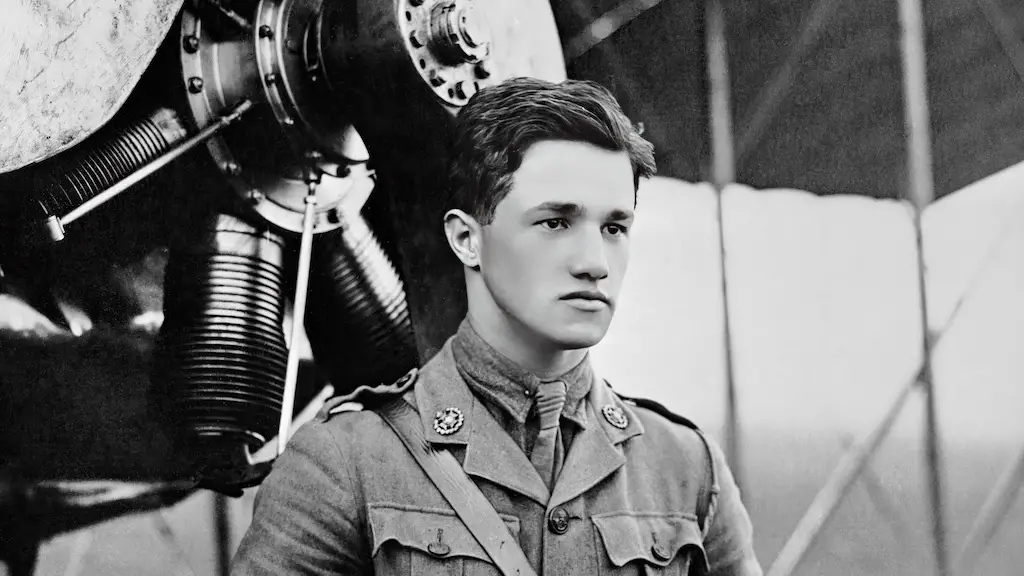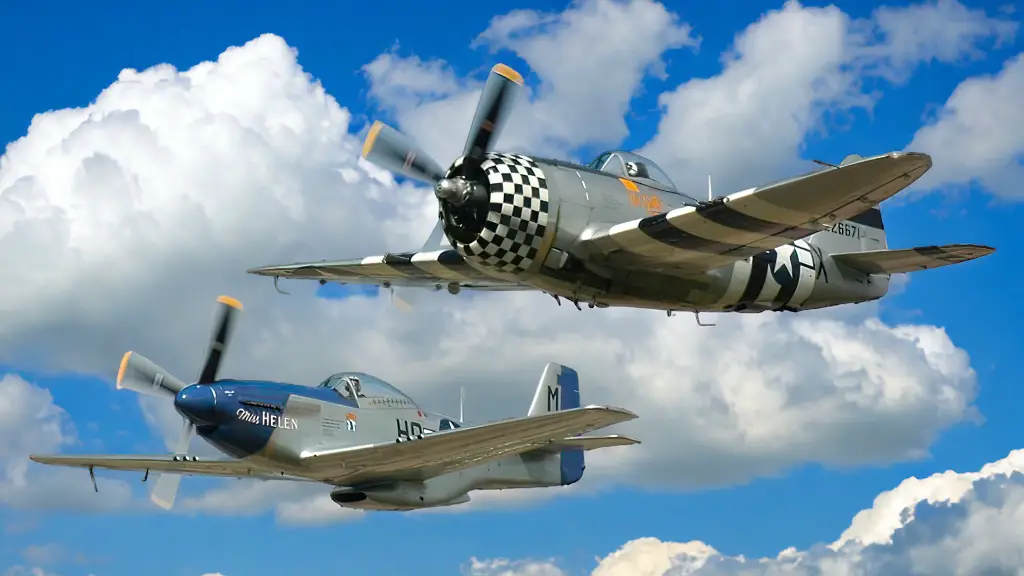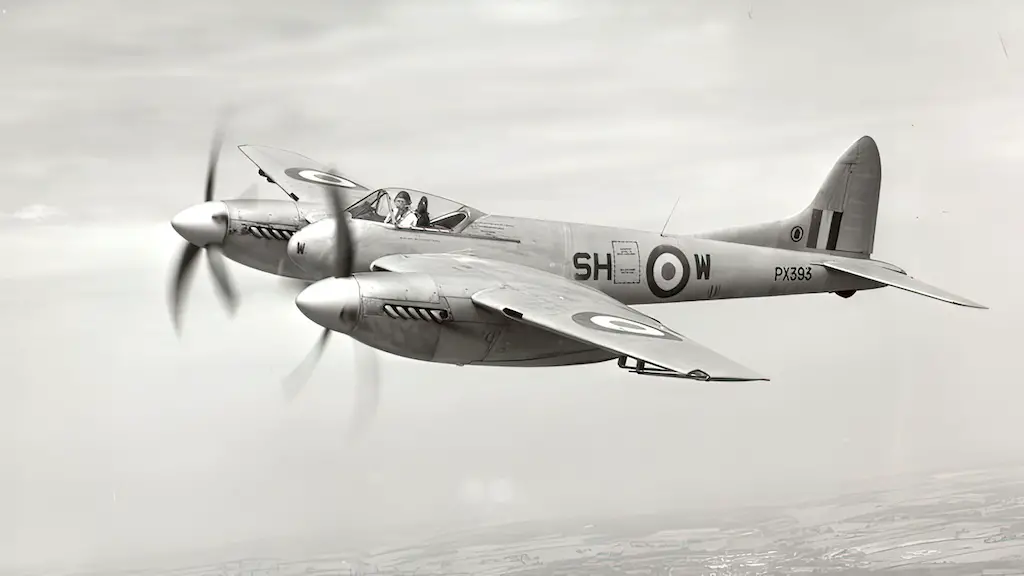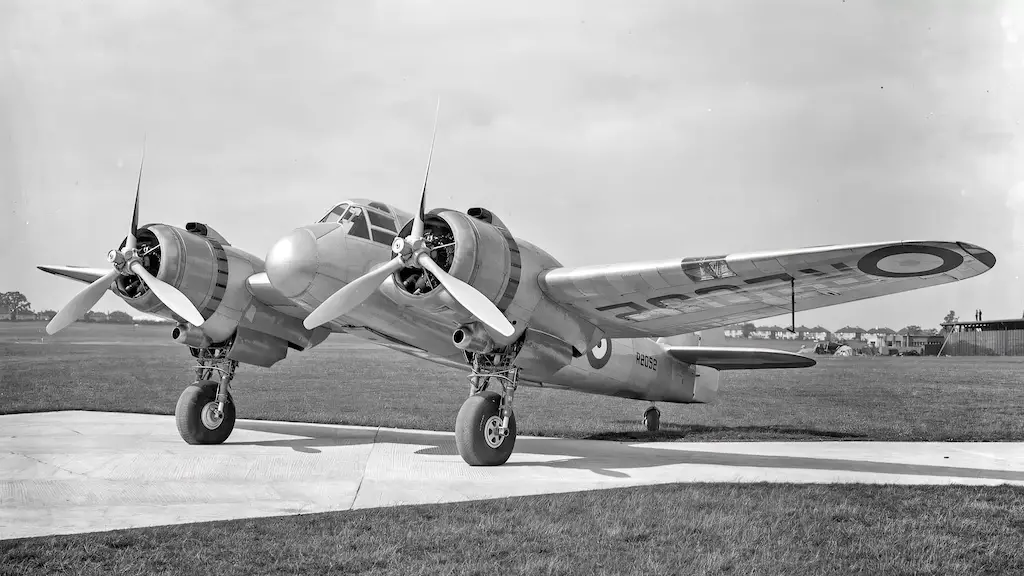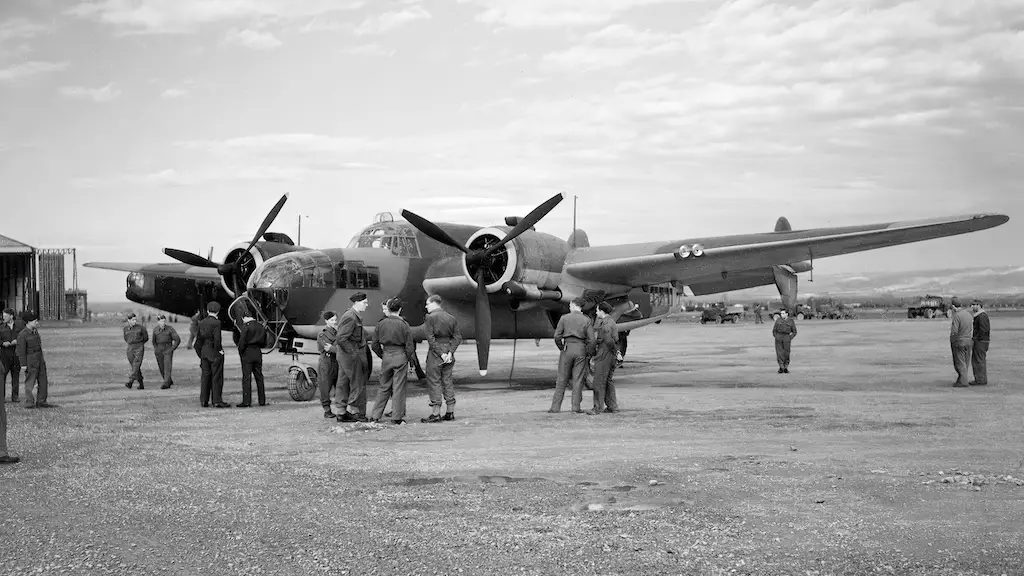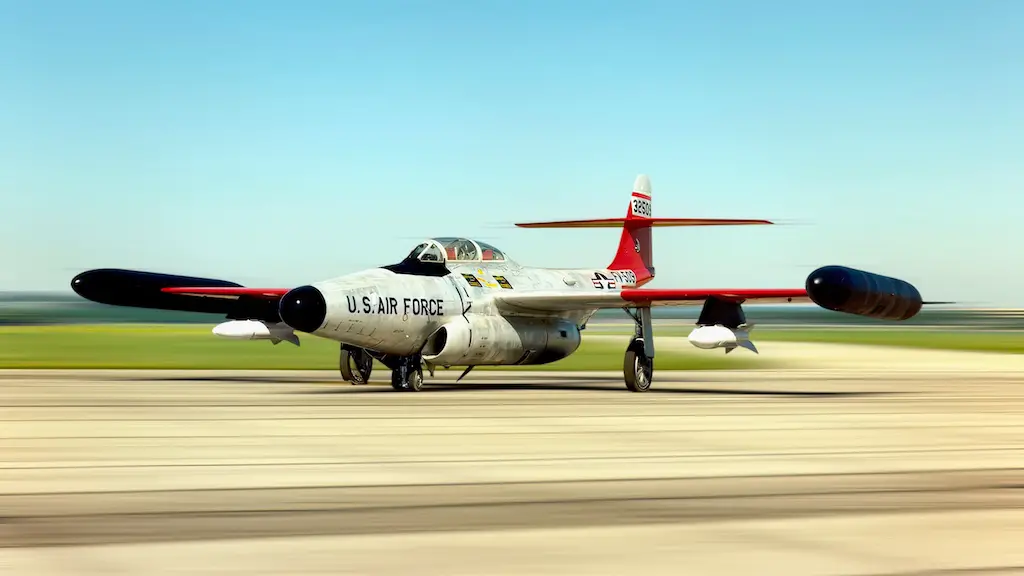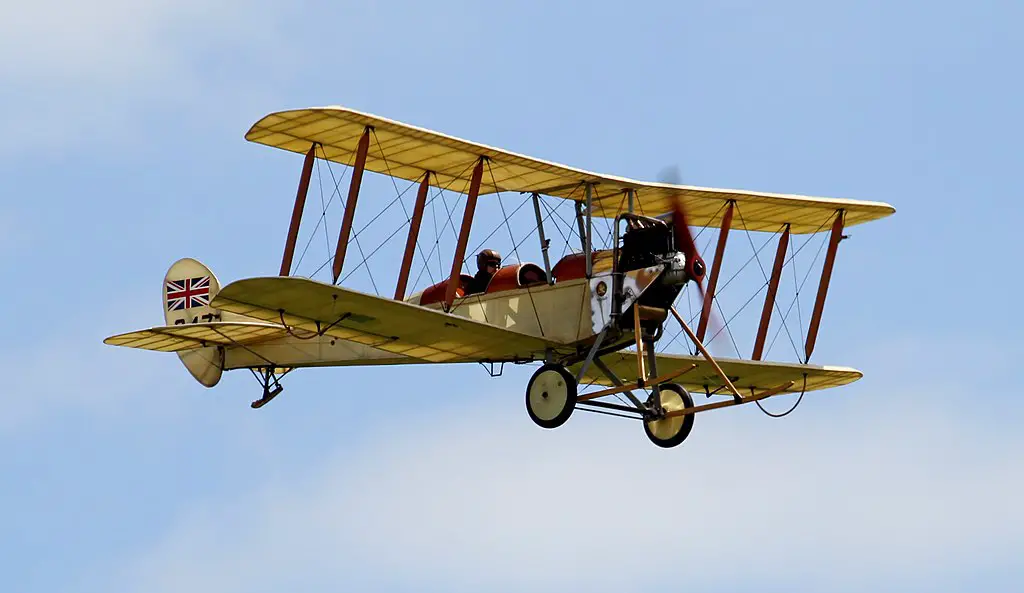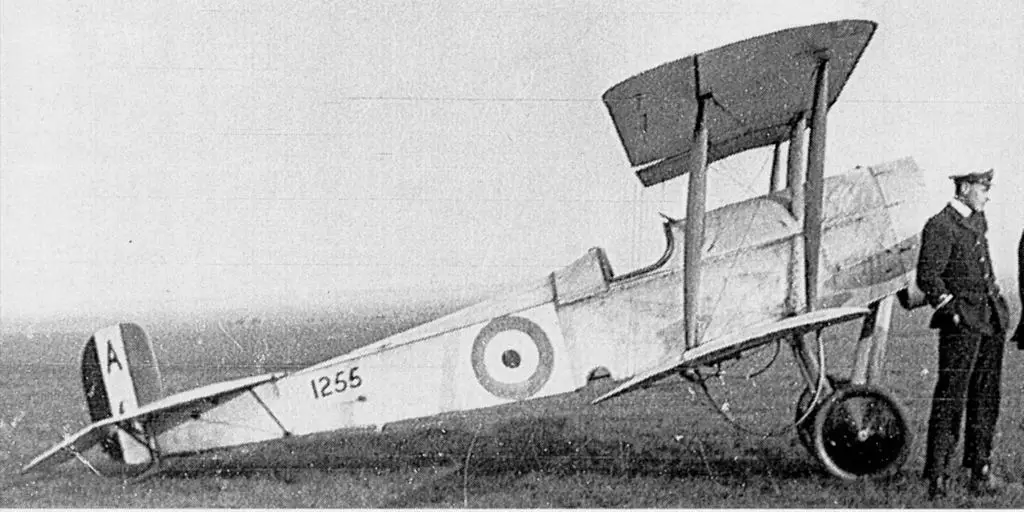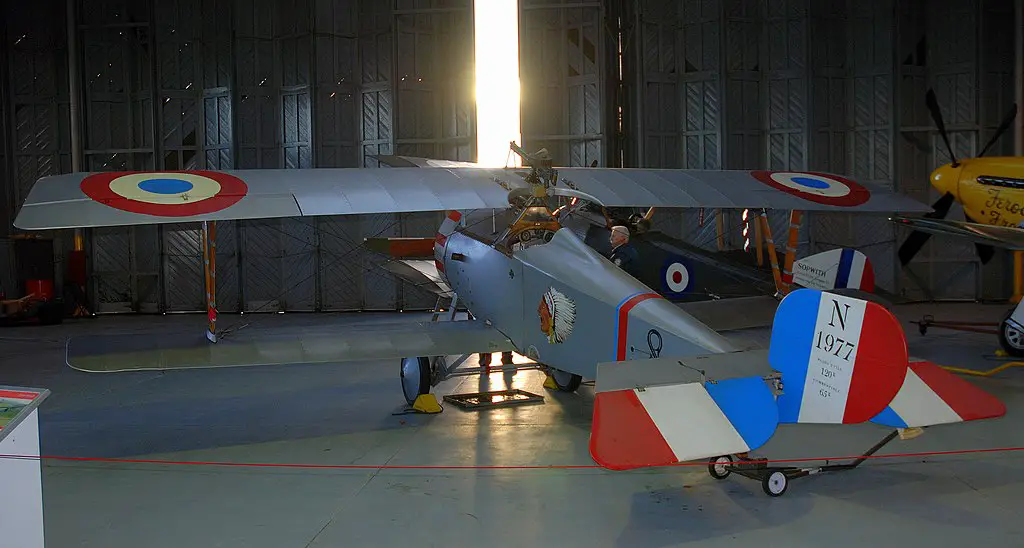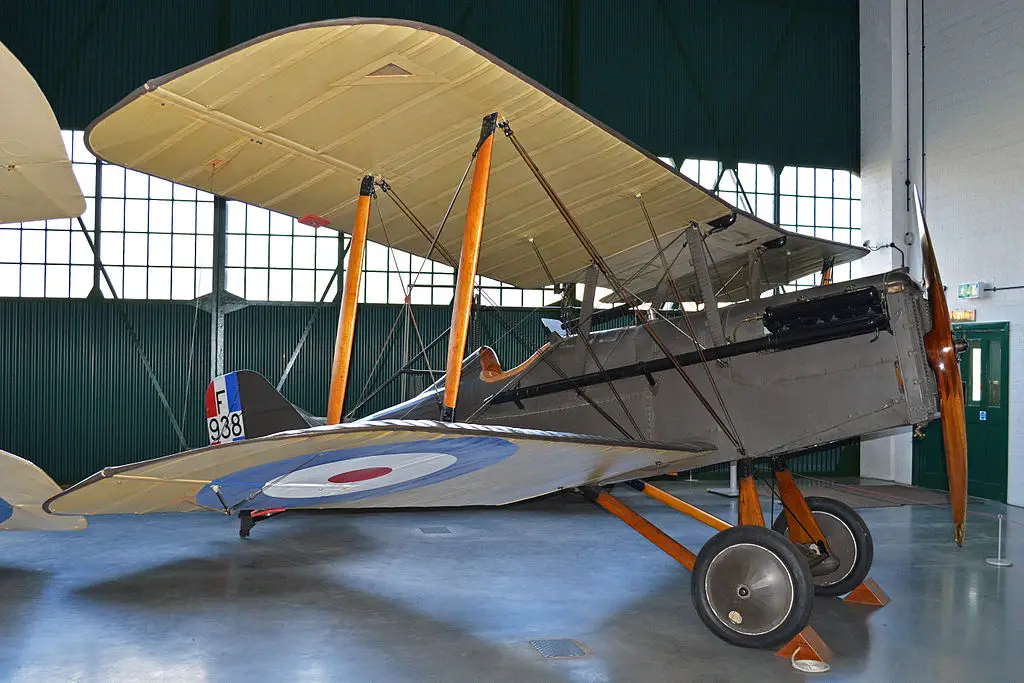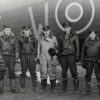Albert Ball, a young maverick pilot, was the first British ace to be idolized by the general public during the WWI. He had a short but illustrious career, evolving from an enthusiast taking private flying lessons into the nation’s top scoring fighter pilot in slightly more than a year. Known as an unsociable and reserved person, Ball was nothing like a Hollywood celebrity. He didn’t really strive to be one, either. It was his legendary bravery in combat that made him a hero adored by the nation and respected by fellow servicemen and enemies alike.
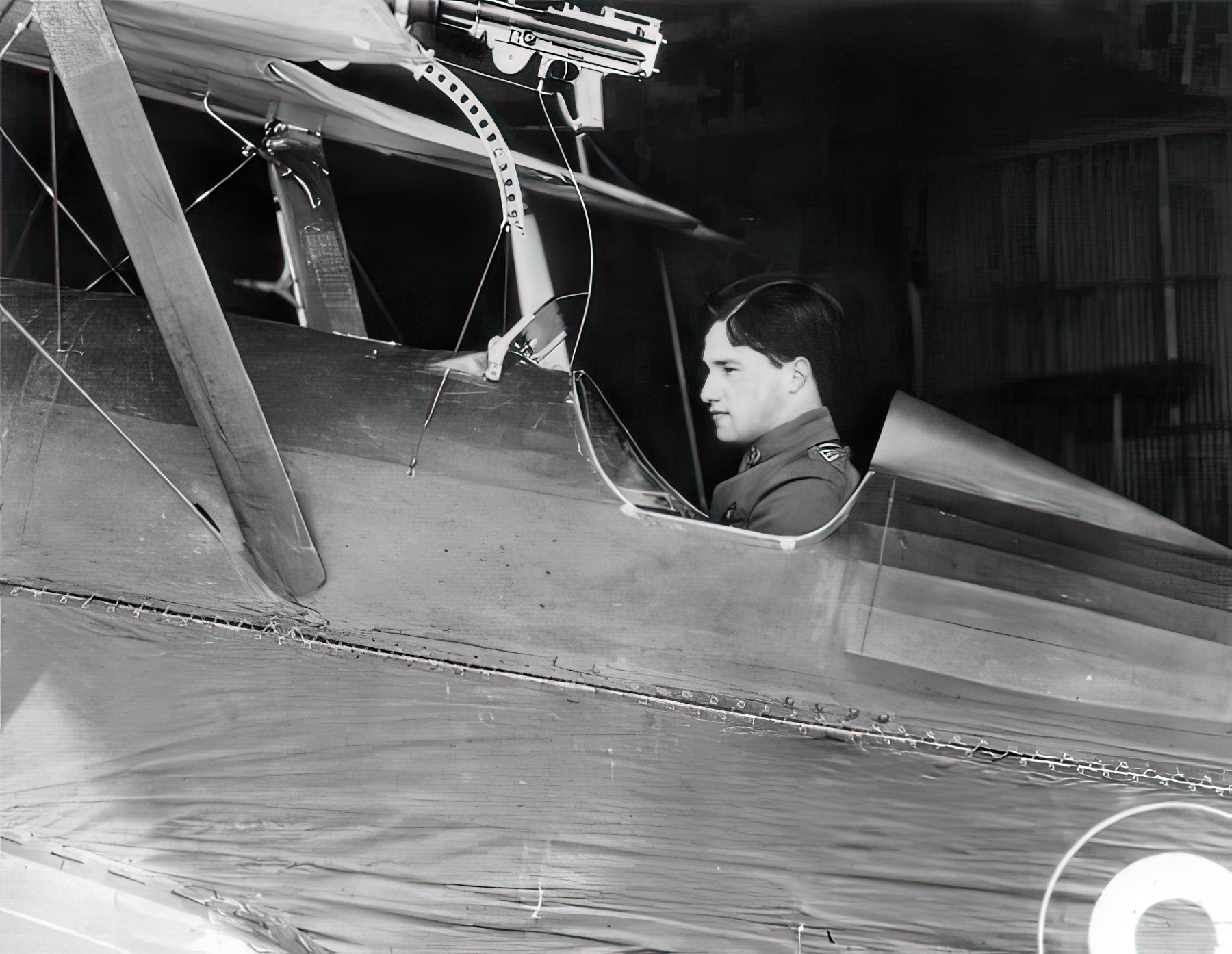
Rising through the ranks and into the skies
When the Great War broke out in Europe in 1914, Ball was just about to turn eighteen. Like many aviators of the time, he went to war as an infantryman, joining the Sherwood Foresters infantry regiment. There he was soon promoted to sergeant and gained his commission as second lieutenant by October 1914. He then transferred to North Midlands Cyclist Company, Divisional Mounted Troops.
Taking advantage of serving on the English soil throughout the 1915, Ball decided to learn flying. Coming from a well-off family, he could offer paying for private flying lessons. Combining them with active military service wasn’t easy, though. Ball would get up at 3 am to practice flying before reporting for duty at 6:45 am. Having qualified for the Royal Aero Club certificate in October 1915, he went on to train with the Royal Flying Corps (RFC). Once Ball earned his wings several months later, he embarked on a perilous and fascinating career of WWI military pilot.
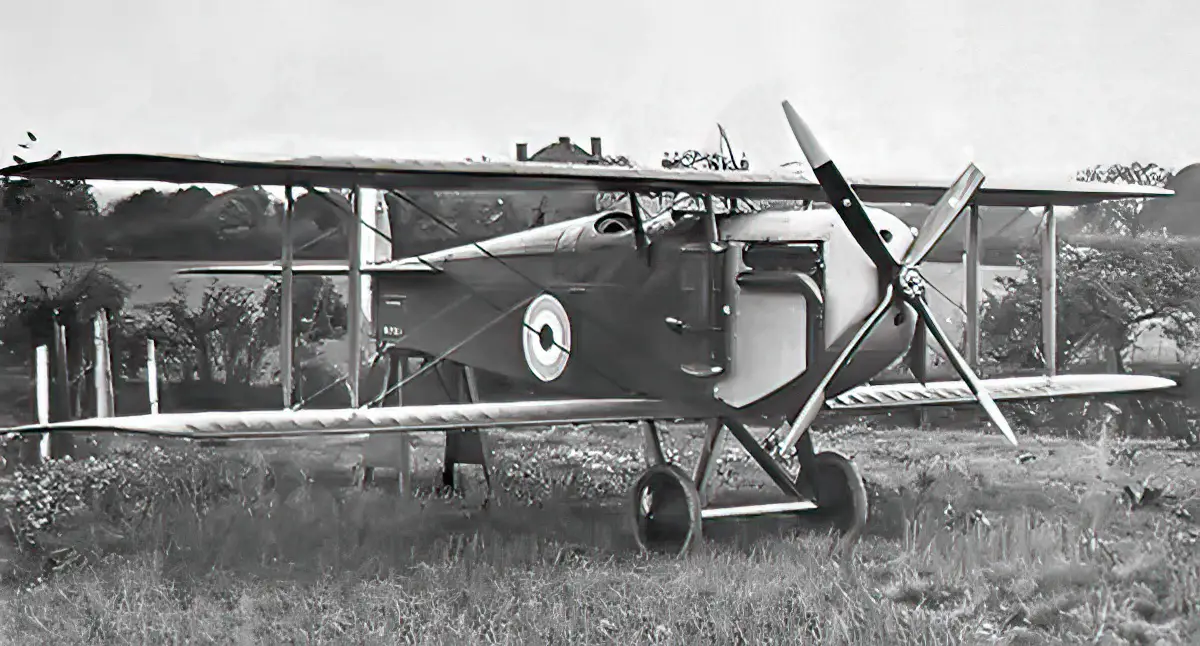
A lone wolf
In early 1916 Ball started flying reconnaissance missions in a Royal Aircraft Factory B.E.2 biplane. Very soon he joined a fighter squadron and scored his first victory on May 16, 1916, flying a Bristol Scout. Within that year’s summer he grew into a real pro, fearlessly attacking enemy aircraft no matter what the odds and taking down one after another. On several occasions he destroyed three enemy planes in a single day and by the end of September Ball was the leading British ace with 31 victories under his belt. He had just turned twenty years old.
Ball didn’t have a particularly outgoing personality, often preferring solitude to company. He built himself a hut near the airfield, where he tended to a vegetable garden and practiced playing violin between missions. He also preferred flying solo. His weapon of choice was Nieuport 17. Ball would suddenly appear underneath and behind an enemy aircraft and fire at it from the wing-mounted Lewis machine gun.
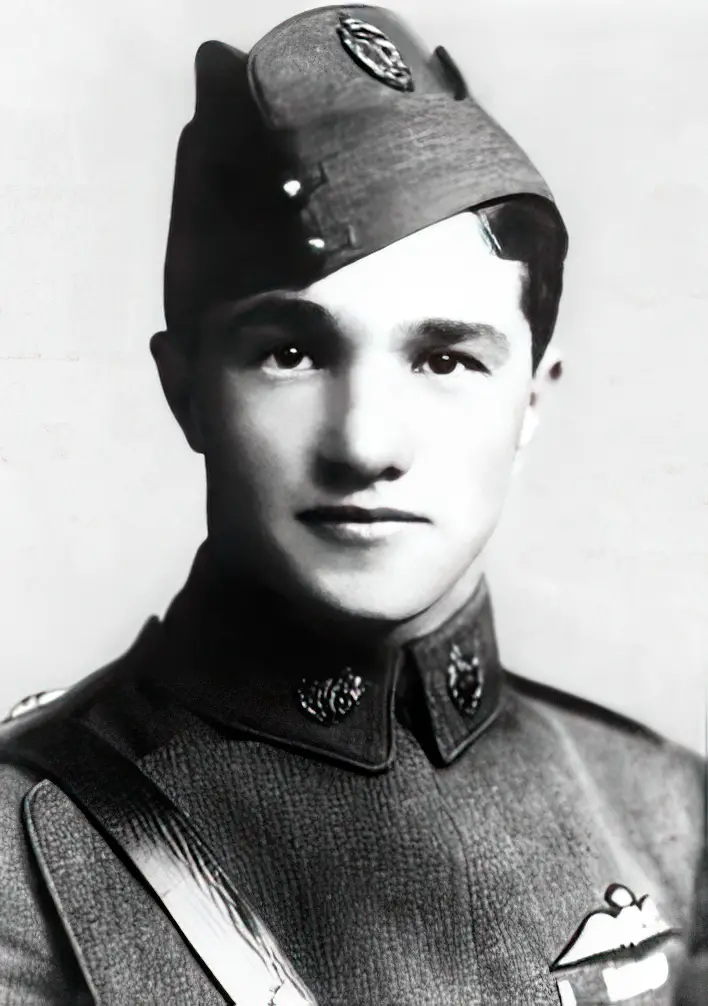
Nationwide fame
As Ball’s victory score grew, he started receiving one award after another, including the Distinguished Service Orders and the Military Cross. The latter was pinned to his chest personally by King George V. At about the same time British authorities decided to boost flying aces’ popularity rather than keep their identities secret. In late 1916 Ball was posted back to England, where nationwide fame and attention awaited him.
Ball essentially became the first British ace with a rockstar-level popularity. Before the first rock stars were even born. He was in the newspapers and attended meetings with high-ranking officials, including David Lloyd George. However, Ball’s personality wasn’t really suited for a life of publicity. After serving some time in England as a flying instructor, he returned to the front in the spring of 1917.
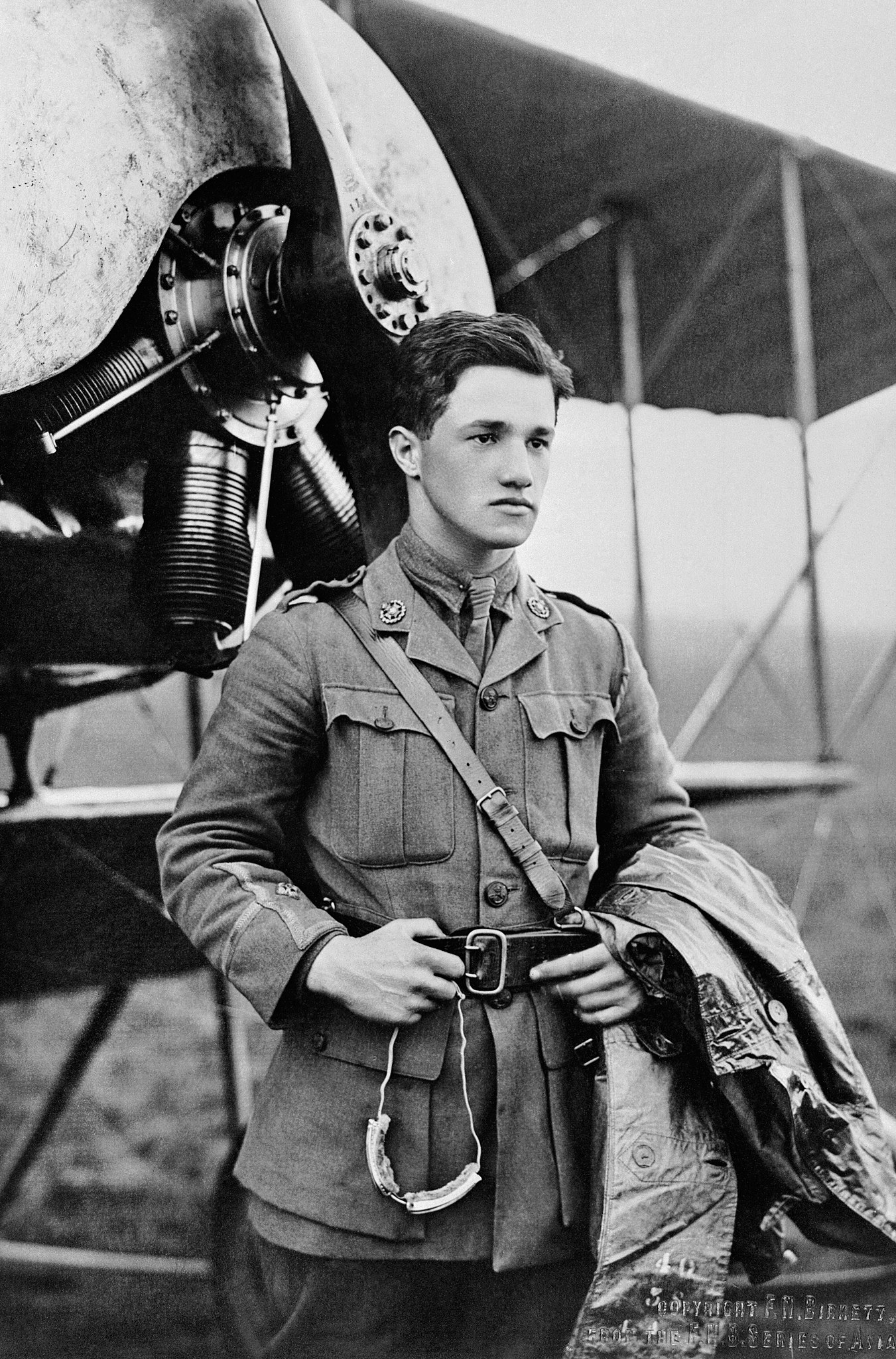
Heroes die young
In March 1916, when still a rookie pilot, Ball survived after being shot down by anti-aircraft fire. Within the next two years he was downed several more times. On May 7, 1917, Ball finally ran out of luck. That evening he was leading a group of British fighters flying in a Royal Aircraft Factory S.E.5—an aircraft he wasn’t particularly fond of. They got into a dogfight. Ball’s airplane was last seen plummeting toward the ground in an inverted position with a dead propeller.
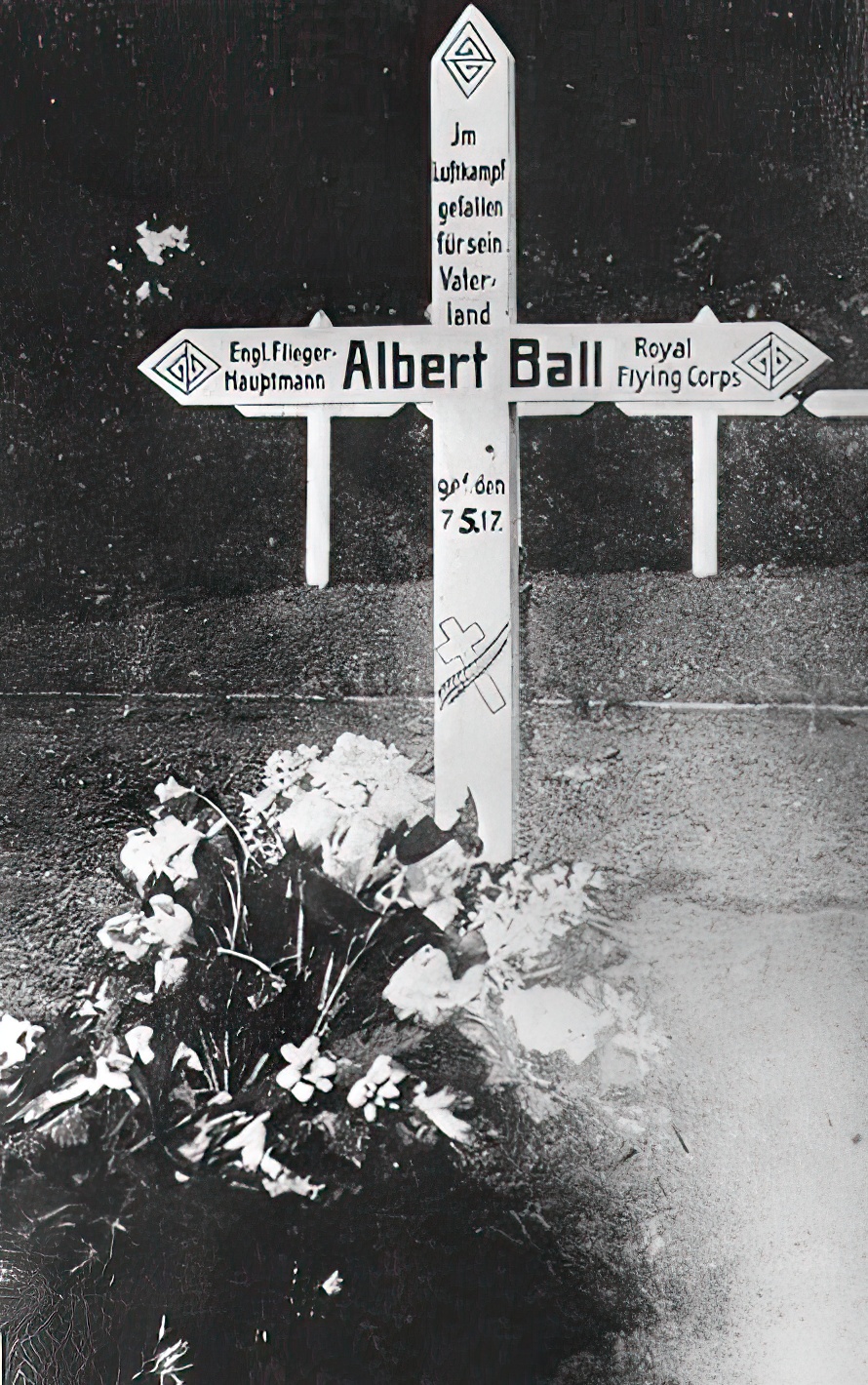
The exact circumstances of what happened are unknown. Although at the time German ace Lothar von Richthofen, younger brother of the Red Baron, got the credit for Ball’s demise, there’s no evidence to substantiate that claim. Ball might as well have experienced a mechanical failure or become disoriented. According to one version, he might have been taken down by a German machine gunner sitting in a nearby clock tower. Ball crashed near the village of Annœullin, southwest of Lille.
By then Ball had scored 44 aerial victories, including one over an observation balloon. The Great War went on for over a year more, but even by its end he remained the fourth top-scoring British ace.

